
An Astrological Examination of Multiple Personality Disorder
 Christine Sizemore’s story is a remarkable example of the complex and enigmatic nature of human psychology. Born in the United States, she became known for her diagnosis of Schizophrenia and her purported experience of possessing 22 distinct personalities. Among these personas were intriguing identities such as the blind lady, the virgin, the banana split girl, and the mute. Each of these personalities seemed to embody unique characteristics and traits that set them apart from one another. Christine’s case underscores the deep impact of early traumatic events, as her multiple personalities seemed to have emerged as a way for her psyche to manage and compartmentalize the overwhelming emotions and memories she had endured in early childhood. The development of these distinct identities was likely a defense mechanism, enabling her to distance herself from the painful memories and emotions associated with those experiences. It is fascinating how the human mind, when subjected to severe trauma and distressing experiences, can manifest coping mechanisms that result in the fragmentation of one’s identity.
Christine Sizemore’s story is a remarkable example of the complex and enigmatic nature of human psychology. Born in the United States, she became known for her diagnosis of Schizophrenia and her purported experience of possessing 22 distinct personalities. Among these personas were intriguing identities such as the blind lady, the virgin, the banana split girl, and the mute. Each of these personalities seemed to embody unique characteristics and traits that set them apart from one another. Christine’s case underscores the deep impact of early traumatic events, as her multiple personalities seemed to have emerged as a way for her psyche to manage and compartmentalize the overwhelming emotions and memories she had endured in early childhood. The development of these distinct identities was likely a defense mechanism, enabling her to distance herself from the painful memories and emotions associated with those experiences. It is fascinating how the human mind, when subjected to severe trauma and distressing experiences, can manifest coping mechanisms that result in the fragmentation of one’s identity.
What makes Christine’s story even more compelling is the eventual integration of her various personalities through extensive therapeutic efforts. This process underscores the remarkable adaptability of the human mind and its ability to recover. Over time, through dedicated therapeutic interventions, her various personas were gradually blended into a more cohesive and unified sense of self. This extraordinary transformation showcases the potential for psychological healing and growth, even in the face of severe mental challenges.
While astrology may not offer a definitive explanation for underlying developments, a person’s birth chart doesn’t necessarily scream “Multiple Personality Disorder.”Conversely, a horoscope has the potential to shed light on certain overarching trends and patterns that a person’s inherent nature is destined to encounter.
In analyzing Christine Sizemore’s birth chart, we can gain insights into the potential astrological influences that might have played a role in her multi-faceted psychological experiences.
1. Sun square Pluto: The Sun’s exact square to Pluto suggests a potential struggle with issues of power, control, and transformation. This aspect can indicate intense internal conflicts and a need to confront deep-seated emotional issues. Christine’s experiences of having 22 distinct personalities could be seen as a manifestation of this internal power struggle, with different personas representing various facets of her identity.
2. Moon square Neptune: The Moon’s close square to Neptune points to potential challenges in emotional boundaries and clarity. This aspect can give rise to heightened sensitivity, emotional vulnerability, and a blurred distinction between reality and imagination. Christine’s case of Dissociative Identity Disorder (formerly known as Multiple Personality Disorder) could be linked to this aspect, as her different personalities might have emerged as a way to cope with emotional overwhelm and confusion.
3. Moon square Neptune & Neptune conjunct the ascendant in the 12th house: The Moon-Neptune aspect, combined with Neptune’s placement in the 12th house, could emphasize a profound connection between Christine’s emotions and her unconscious mind. This might have contributed to the development of different personas as a means of coping with or escaping from difficult emotions and memories. The 12th house is often associated with the subconscious, hidden aspects of the psyche, and self-undoing. When Neptune is placed in the 12th house, it suggests a deep connection to the unconscious, but also the potential for blurred boundaries between reality and imagination.
The conjunction of Neptune with the Ascendant (the Rising sign) is a significant aspect that can greatly influence one’s outward demeanor and self-presentation. This combination indicates that the individual’s persona is heavily infused with Neptune’s qualities. Such a person might come across as dreamy, empathetic, and sensitive, but they could also struggle with maintaining clear boundaries between themselves and others. This could make them susceptible to taking on the emotions and energies of those around them, leading to a porous sense of self.
The Moon in square to Neptune adds an additional layer of complexity. The Moon represents emotions, instincts, and the nurturing side of an individual. When squared by Neptune, there’s a tension between these emotional tendencies and Neptune’s illusory, otherworldly influence. This could lead to inner conflicts between a desire for emotional security and a tendency to escape into fantasies or other pursuits as a way of coping.
The overall picture that emerges from these placements is one of a person who is deeply attuned to the subconscious and spiritual dimensions of life, yet struggles to maintain a clear sense of identity and boundaries. The porous nature of their ego identity suggests that they might easily absorb the energies and emotions of others, potentially leading to confusing and overwhelming experiences.
Trauma could play a significant role in shaping this individual’s psychological landscape. It’s possible that early life experiences or events have led to a withdrawal from the external world and a retreat into the realm of the unconscious. Creating multiple identities might help individuals handle the perplexities of their inner self and external influences.
Neptune in the twelfth house, conjunct the Ascendant, and squaring the Moon? Neptune glides through the twelfth house, the realm of the subconscious and all its contents. It’s as though you’re a sponge, absorbing energies from all around, feeling like you’re immersed in a sea of influences. Your identity becomes chameleon-like, adapting to cope with life’s ups and downs. These various personas may serve as lifeboats, helping you navigate the tumultuous waters of existence. Trauma might have acted as the catalyst that sent Christine’s identity on a meandering journey through different facets. It’s as if her psyche decided, “Reality is overwhelming; let’s take a brief excursion into alternate dimensions for a breather.”
4. Uranus in the 8th house: Uranus in the 8th house could symbolize transformative and sudden experiences related to deep psychological processes. This could reflect the breakthroughs and healing efforts that Christine underwent throughout her therapeutic journey, as well as her profound shifts in self-awareness and personality integration.

To begin, there is no one, clear predictor of mental health, and we are unable to diagnose it or astrologize it based only on a person’s birth chart alone. Nevertheless, there are indications in the natal chart that bring to light aspects of a person’s life that are difficult to overcome. In this field of astrology, medical astrologers have some important hints to provide, so let’s have a look at how they study mental illness and Schizophrenia in a person’s horoscope:
C.E.O Carter, Encyclopaedia of Psychological Astrology – says the significators are “22 degrees of the mutables and when Mercury is related to Mars by aspect or sign position. Moon or Mercury, or both, are in all cases in aspect to Neptune.
Comment: Mars is in mutable sign and positioned at 22 degrees in Christine’s horoscope. The Gemini (mutable) Mars is in the sign of Mercury, while Mercury is square to Mars (Gemini). The Moon is in a square aspect with Neptune, which has a significant impact overall.
Doris Chase Doane, Astrology: Astrology: 30 Years Research – says that mental illness is observed by a severely afflicted Mercury or Moon, usually both.
Comment: It is a bit vague overall and could apply to most people.
Essentials of Medical Astrology by Harry F. Darling says,
“Only one factor relating to autonomic brain imbalance affecting the cerebral cortex which is also in Gemini, that does not mean that asthma and Schizophrenia are related, but there is an analogical autonomic nervous system imbalance underlying both conditions as part of astrological findings. The analogy is noted also in treatment since schizophrenia medications derive from antihistamines used to treat allergies.”
Comment: An intriguing observation, but it only applies to a sign.
Astrology in the modern world – by Derek Parker:
In their most bizarre form, delusional systems are encountered in patients suffering from paranoid schizophrenia; they afford a further example of man’s need for explanations. To suffer from schizophrenia is to undergo an experience of progressive personality disintegration of a most disagreeable kind, interrupted from time to time by crisis of personal identity during which the individual may feel that his sexual and aggressive impulses do not belong to him but are in fact intruders forced into his mind by the agents of a sinister conspiracy whose sole intention is to produce the unbearable state from which he is suffering. While Schizophrenic delusions represent on the part of the patient to render his circumstances explicable and to create some kind of order out of his own private chaos, astrology, I submit, represents a similar attempt at operating on a collective level.
Christine’s astrological chart reveals a set of planetary positions that contribute to her journey of self-discovery, transformation, and potential challenges in forming a strong sense of individuality. Let’s delve deeper into the various aspects of her chart to understand the implications.
1. Sun in Aries in the 8th House Square Pluto: The Sun’s placement in Aries emphasizes the need for self-expression and asserting one’s true identity. However, its square aspect to Pluto signifies a significant challenge. The 8th house is associated with deep psychological processes, crisis, and transformation. The square aspect indicates inner tension and friction, suggesting that Christine’s journey toward a individuality and self-expression is marked by intense internal struggles and perhaps external challenges. This may involve confronting hidden aspects of herself, facing deep-seated fears, and undergoing massive changes in her identity.
Pluto is often associated with change, rebirth, and a process of shedding old layers in order to emerge as a more authentic and empowered self. Pluto’s influence can indicate a series of transformative events or experiences that have played a pivotal role in shaping Christine’s identity. In essence, the presence of Pluto and its square to the Sun in Aries emphasizes the idea that Christine’s journey toward individualization and a singular identity involves a process of deep inner transformation, where she is called upon to face and overcome obstacles in order to be her true self. This transformative journey may be marked by periods of intensity, crisis, and rebirth, ultimately leading to a more authentic and empowered sense of identity.
The placement of the Sun in the 8th house does bring attention to a shadowy and potentially intense arena of life for Christine. The 8th house is often associated with deep psychological processes, shared resources, transformation, and experiences that involve complexities, traumas, and crises. When the Sun, representing one’s core self and identity, is positioned in this house, there can be a sense of struggle or depth to the way Christine’s identity is expressed and developed.
The Sun’s natural inclination is to radiate and shine, illuminating one’s path and expressing their individuality with confidence. However, in the 8th house, this light encounters the shadows of the psyche, the hidden aspects of life, and the transformative energies associated with this house. As a result, the journey of self-discovery and self-expression for Christine may involve confronting and working through the hidden aspects of her personality.
With the Sun in the 8th house, Christine may have a natural inclination to delve into deeper aspects of her personality, motivations, and desires. This could lead her to engage in introspective practices, therapy, or other forms of self-analysis as she seeks to understand her inner workings. The 8th house is linked to transformation, and the presence of the Sun here suggests that Christine’s sense of self may undergo significant shifts through transformative experiences. These could be catalyzed by external events or internal realizations that prompt her to reevaluate her identity and priorities. This may involve a process of acknowledging and integrating parts of herself that she may have kept hidden or suppressed. It could involve facing fears, addressing past traumas, and embracing the full spectrum of her identity, both light and shadow.
2. Moon Square Neptune: The square aspect between the Moon and Neptune introduces an element of emotional sensitivity and potential vulnerability. Early-life traumas or difficult experiences might have left a lasting impact on her emotional well-being. There’s a possibility that these experiences could lead her to seek refuge in a world of imagination and fantasy as a coping mechanism. This aspect may highlight a struggle to distinguish between reality and illusion, making it vital for Christine to cultivate self-awareness and clarity to avoid falling into delusion.
3. Neptune in the 12th House Conjunct Ascendant: The presence of Neptune in the 12th house, its own home, suggests a deep connection to the spiritual and subconscious realms. Neptune’s conjunction with the ascendant indicates that her identity and outward presentation may be influenced by a strong spiritual or transcendent element. While this could lead to heightened intuition and empathy, it also carries the risk of blurring the boundaries between the self and the collective. The 12th house’s association with hidden matters and the unconscious further emphasizes the potential for inner exploration and self-discovery.
The Sun, symbolizing that fiery core of who she is, is placed in Aries, the sign of unapologetic individuality. It’s saying, “Hey, Christine, go on and be you!” But wait, there’s a dark twist. Christine’s Sun is doing a tug-of-war with Pluto, the planet of transformation and the underworld. It’s like her identity is caught in an intense struggle between her need to be herself and the deep, dark waters of change and crisis. This isn’t an ordinary fight – it’s a battle of self versus shadow. Christine’s journey toward selfhood is paved with trials and tribulations, like a phoenix rising from the ashes. She’s got to face those skeletons in the closet, dance with her deepest fears, and emerge as a whole new, fierce version of herself. This isn’t your average makeover; this is a profound identity makeover. It’s like her journey to being her true self involves a head-on collision with her own internal demons, and there’s a chance that early-life struggles have cast their shadow, making her emotions (Moon-Neptune) a bit like a watercolor painting in a rainstorm. The temptation to escape into a world of fantasy might be strong, like a siren’s call. Christine might’ve found herself escaping into a world of make-believe to cope.

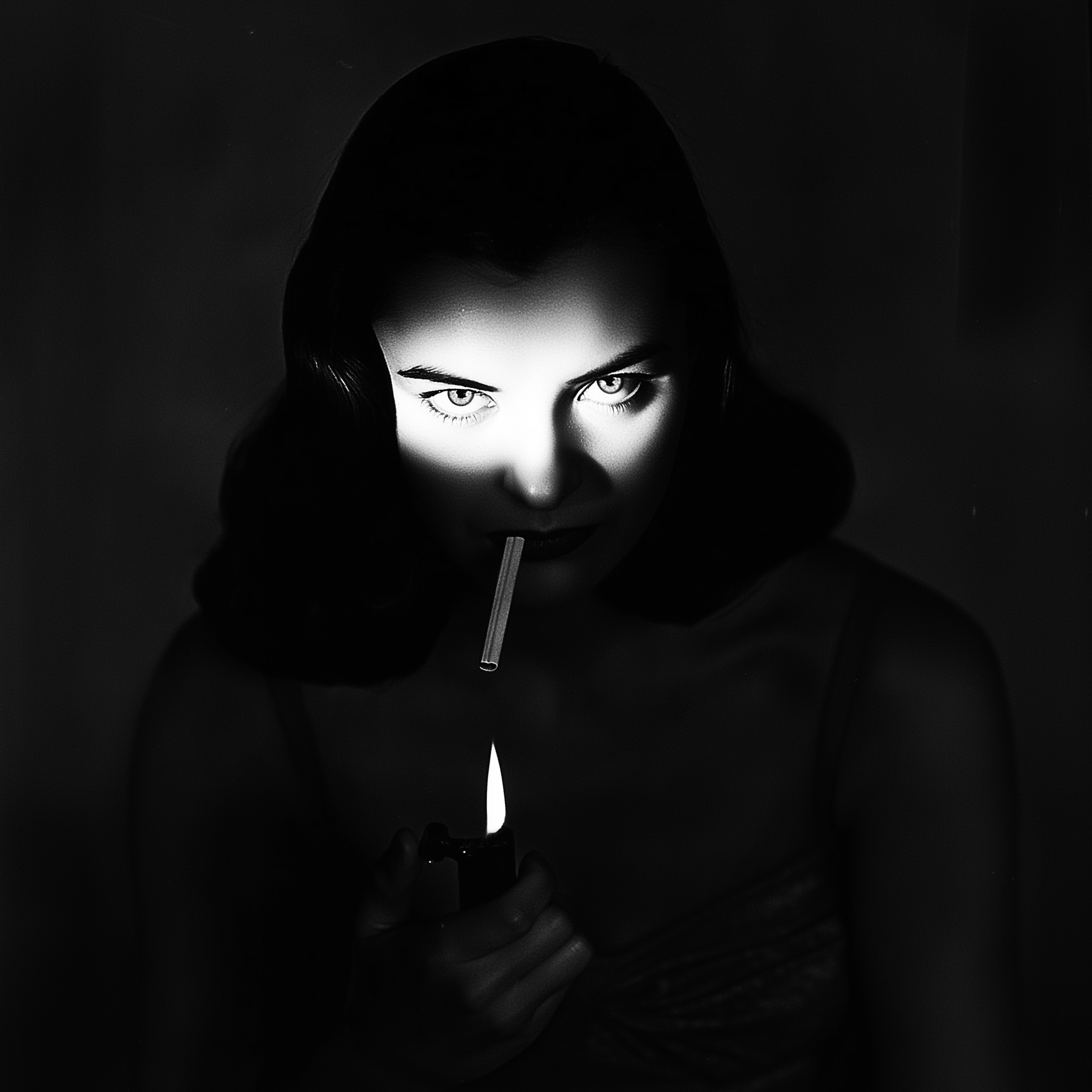
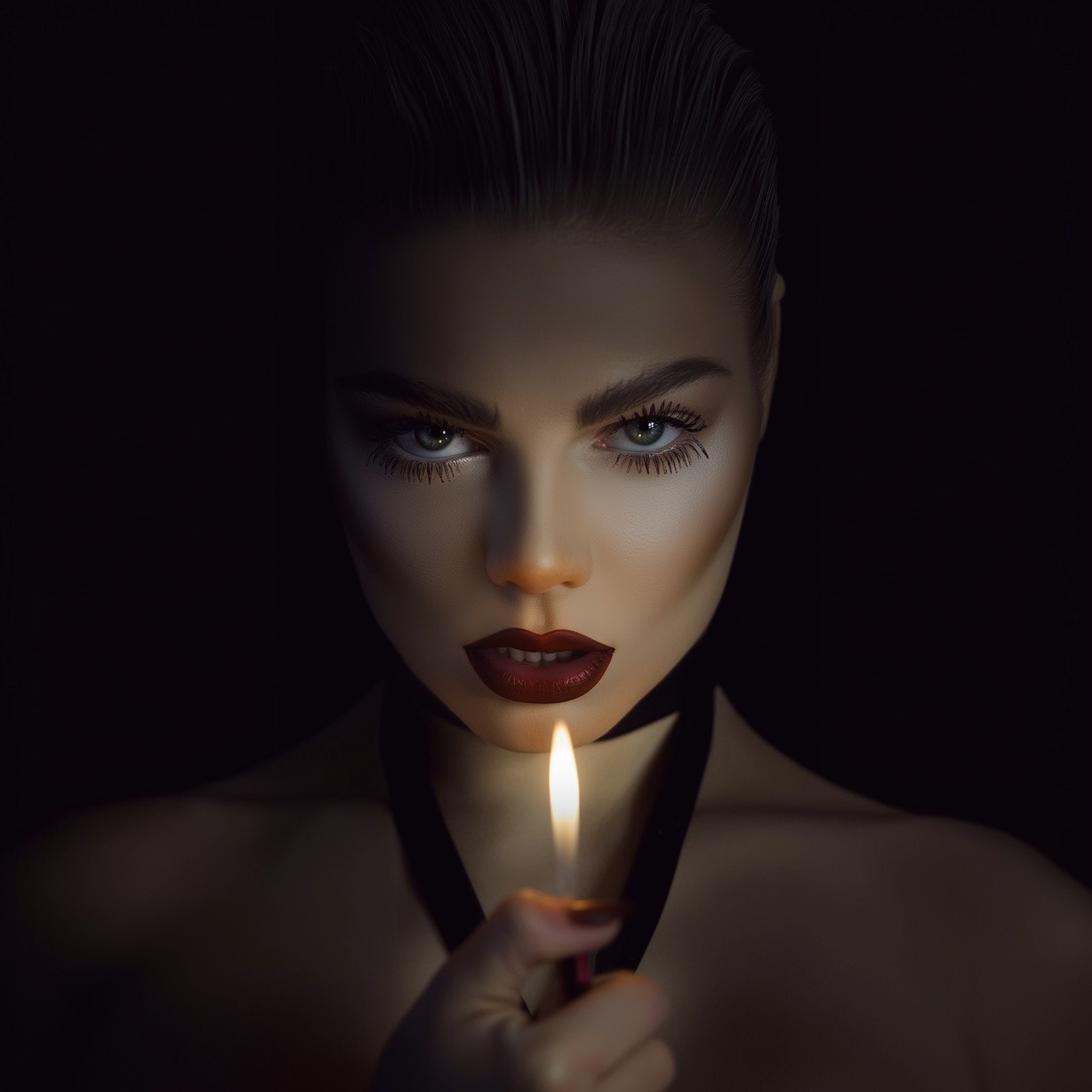

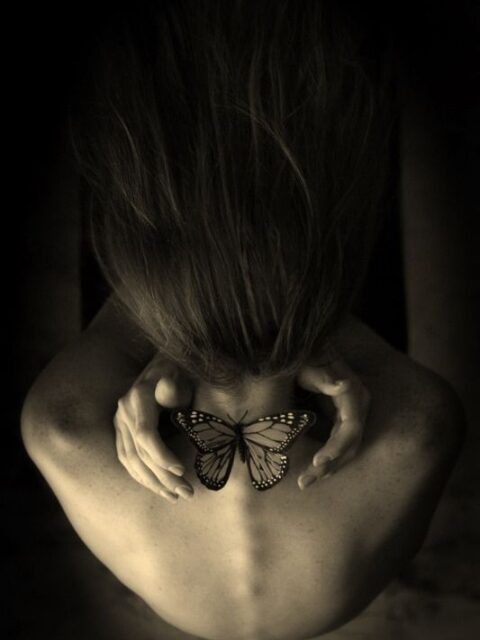
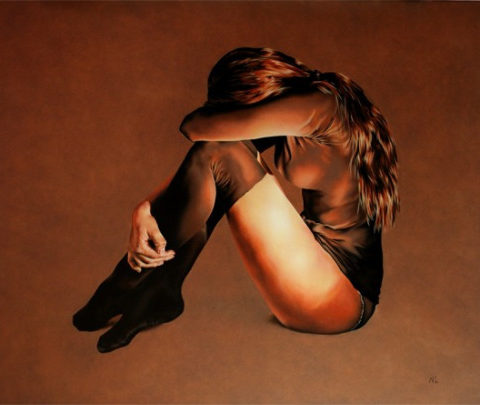

 Uranus Transits 8th the House: Rebirth from Chaos
Uranus Transits 8th the House: Rebirth from Chaos
 Uranus Transits: 1st House: Winds of Change:
Uranus Transits: 1st House: Winds of Change:
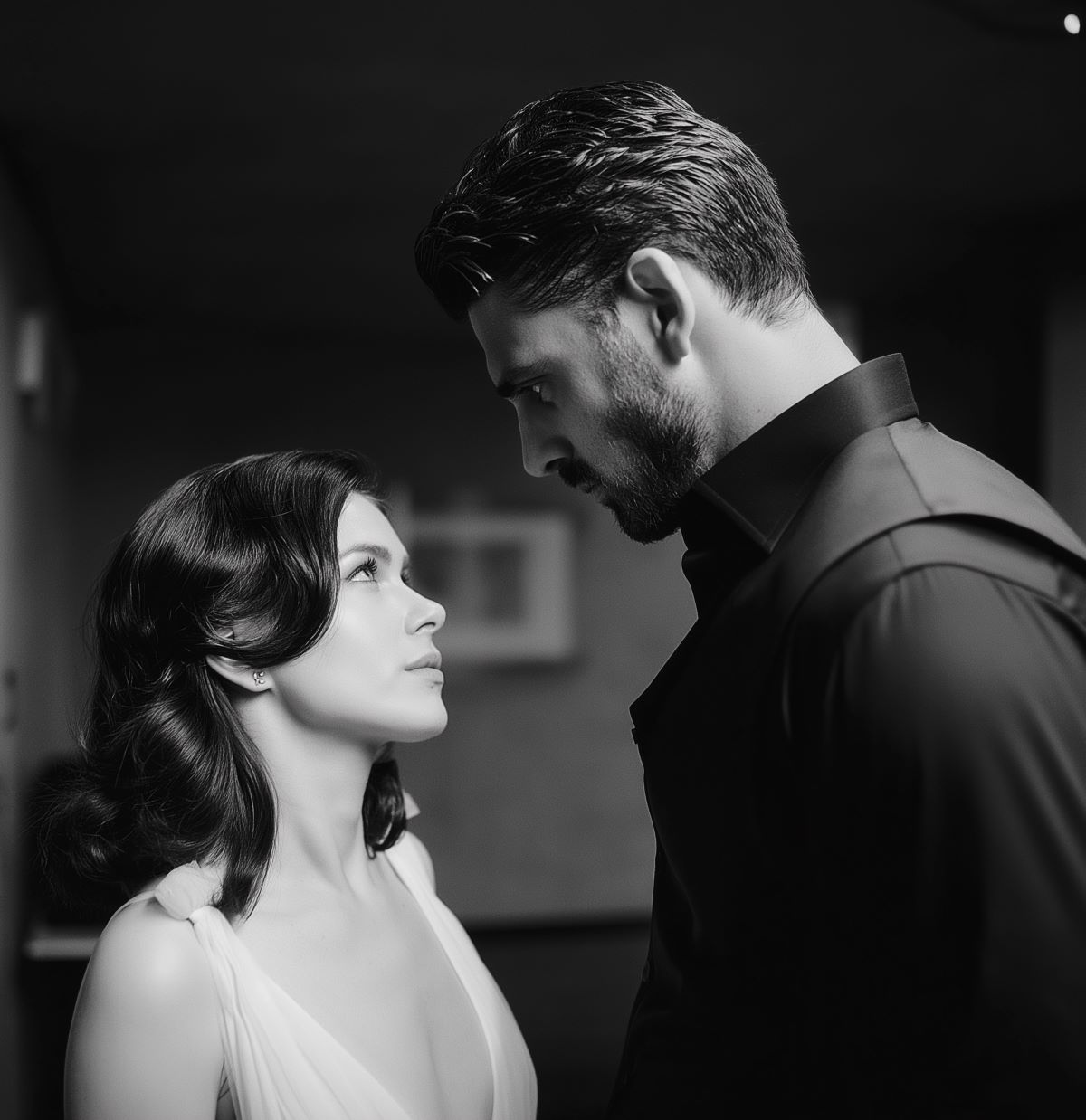 Mars Conjunct Pluto Synastry
Mars Conjunct Pluto Synastry
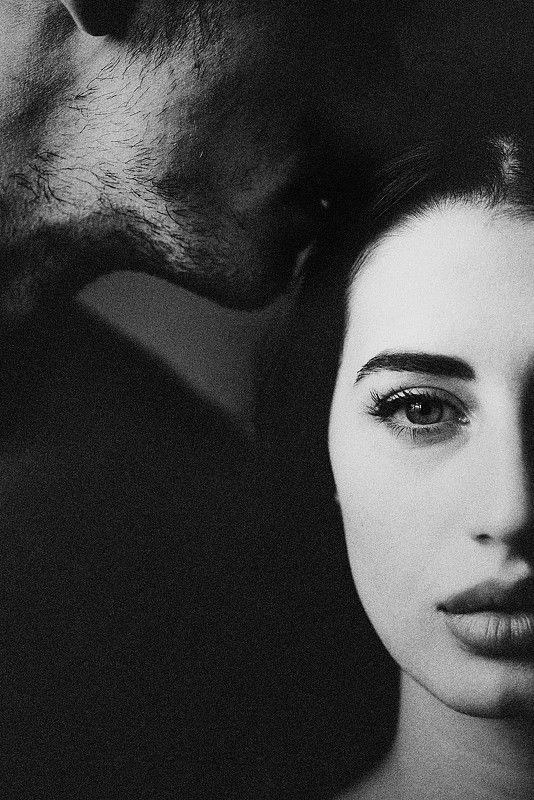 Venus-Pluto Synastry: A Love So Powerful That It Might Just Kill Them
Venus-Pluto Synastry: A Love So Powerful That It Might Just Kill Them
 Sun Conjunct Pluto Synastry: Enlightening or Annihilating
Sun Conjunct Pluto Synastry: Enlightening or Annihilating
 Venus Conjunct Pluto Natal Aspect
Venus Conjunct Pluto Natal Aspect
 Uranus Transits the 4th House: The Chaotic Path to Personal Inner Growth
Uranus Transits the 4th House: The Chaotic Path to Personal Inner Growth
 Uranus in the 2nd House: The Price of Freedom
Uranus in the 2nd House: The Price of Freedom
 Flash Forward: How Uranus Reveals Your Future Before You’re Ready
Flash Forward: How Uranus Reveals Your Future Before You’re Ready
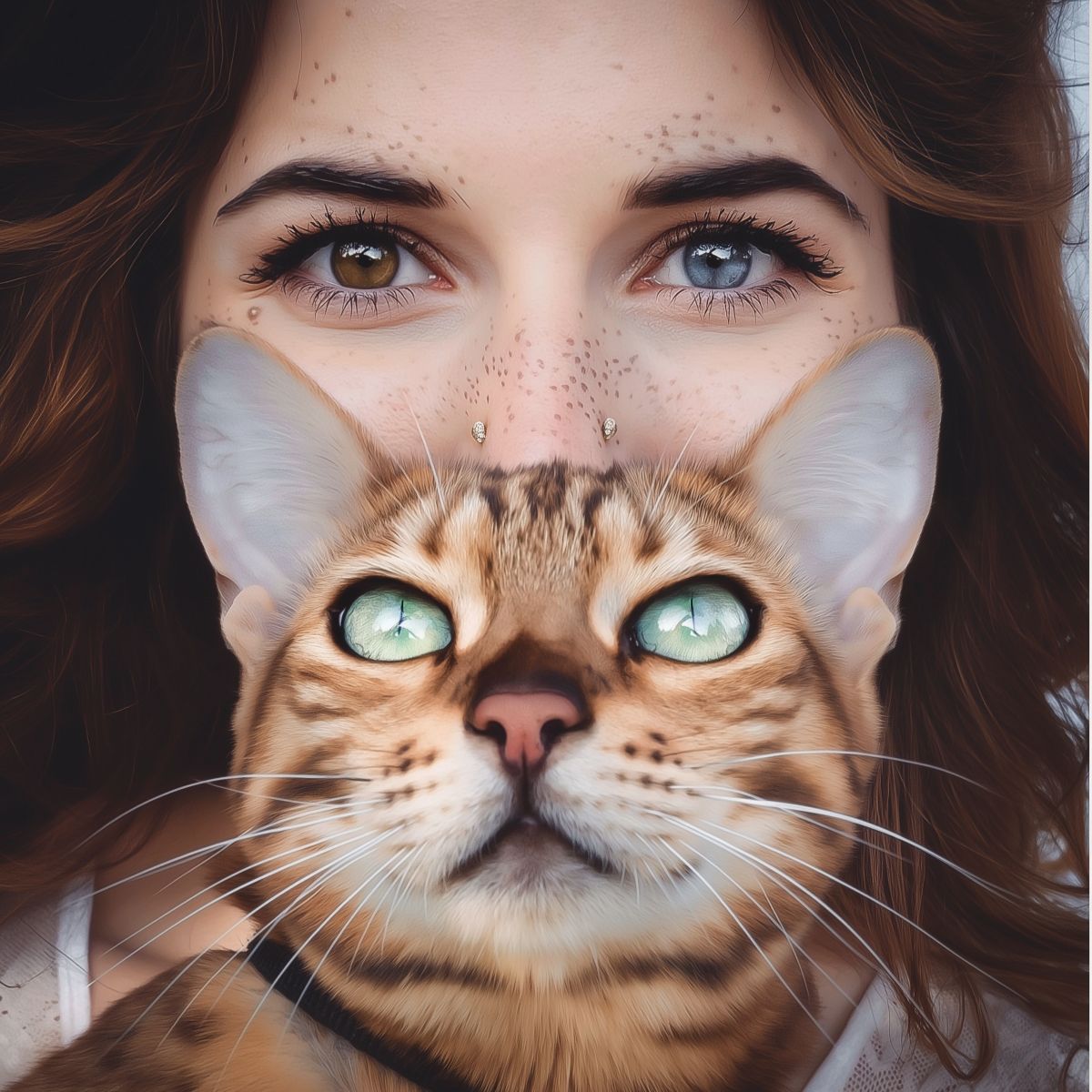 Transiting Uranus Trines Mercury: Through New Eyes
Transiting Uranus Trines Mercury: Through New Eyes
 Uranus Transits Mars: My Eco-Lifestyle Changes
Uranus Transits Mars: My Eco-Lifestyle Changes
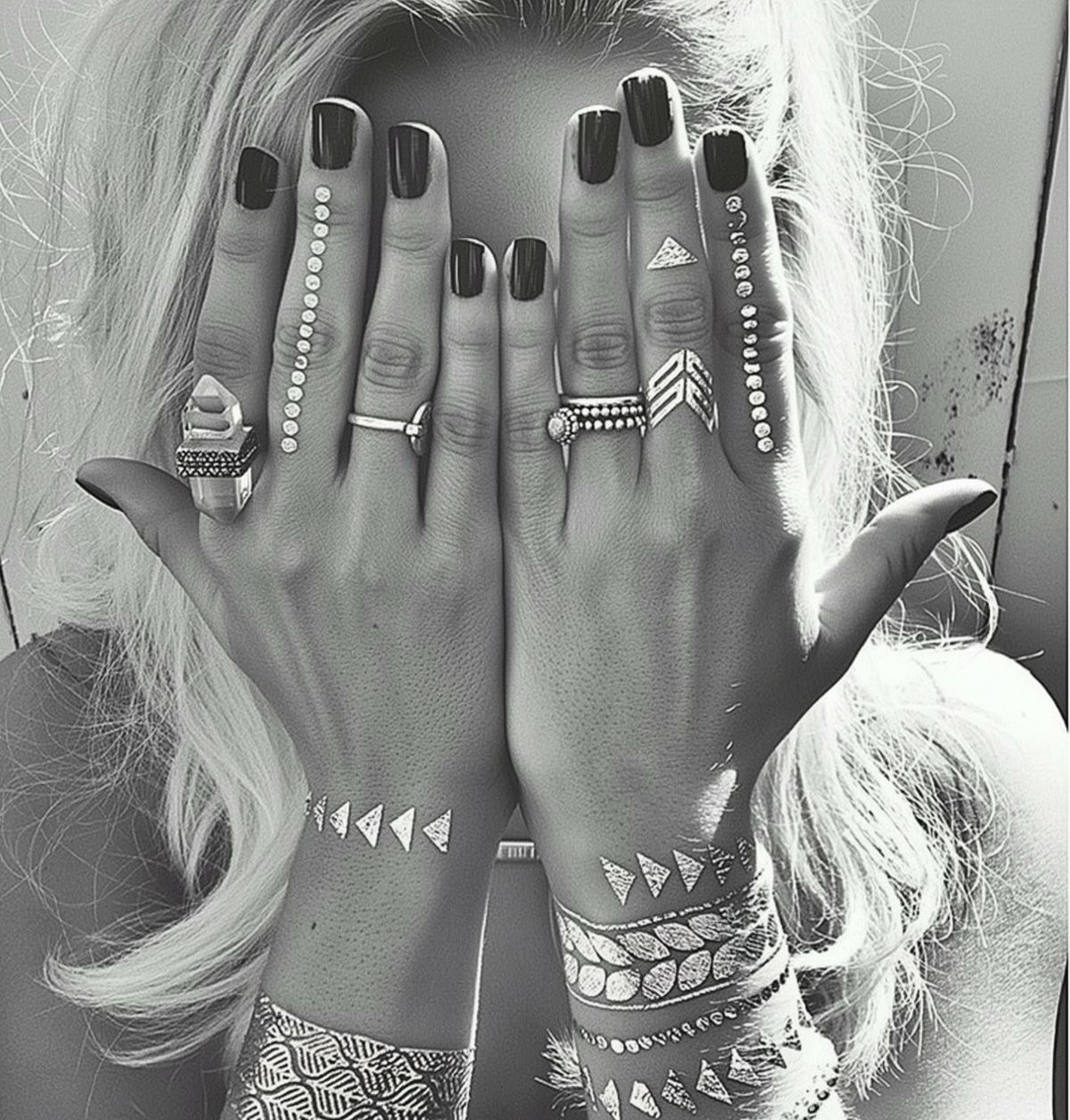 Mercury in the 9th House: The Mystic Messenger
Mercury in the 9th House: The Mystic Messenger
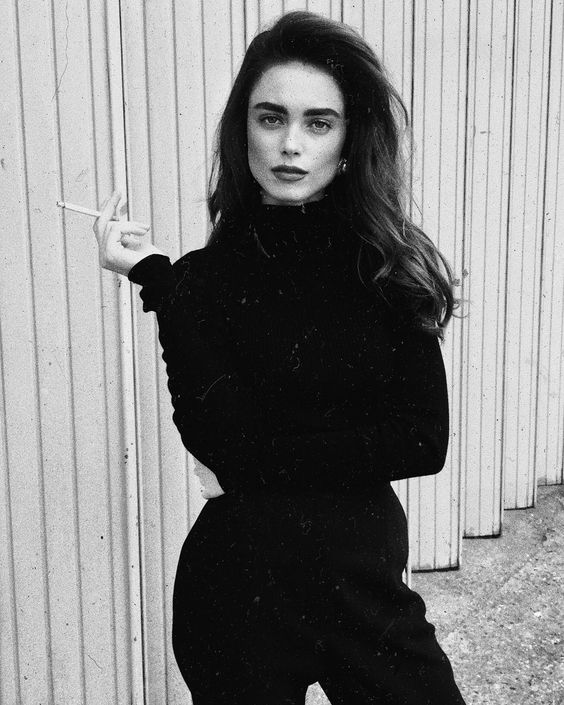 Scorpio’s Cold Withdrawal
Scorpio’s Cold Withdrawal
 The Neptunian: Highs, Heartache, and the Water Slide of Disclosure
The Neptunian: Highs, Heartache, and the Water Slide of Disclosure
 Uranus Transits Mars: My Carbon Footprint Intervention
Uranus Transits Mars: My Carbon Footprint Intervention
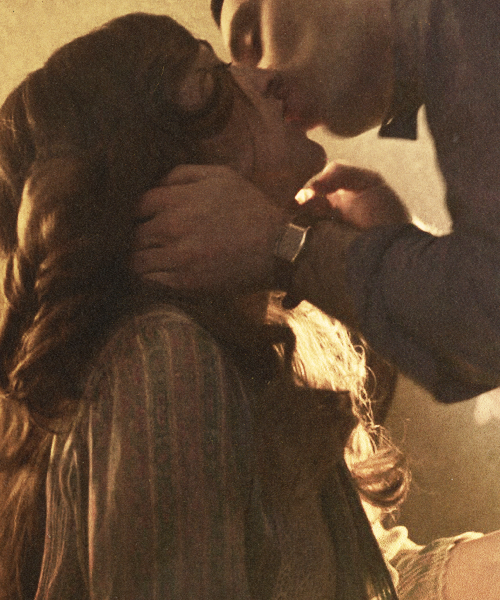 Sun Square Pluto Synastry: You’ve Got That Power Over Me
Sun Square Pluto Synastry: You’ve Got That Power Over Me
 Saturn Square Pluto Natal Aspect
Saturn Square Pluto Natal Aspect
 Pluto in Aquarius: Collective Welfare
Pluto in Aquarius: Collective Welfare
 Venus Trine Pluto: Dark Desires
Venus Trine Pluto: Dark Desires
 Venus Square Jupiter Synastry
Venus Square Jupiter Synastry